Taoglas is a UK-based global company that develops products - primarily antennas - for the IoT industry. The company makes thousands of antennas for a variety of purposes. Some of their products are of use for RVers cruisers and other nomads. Taoglas products have limited consumer distribution in the U.S. and are typically only available from a few specialty vendors.
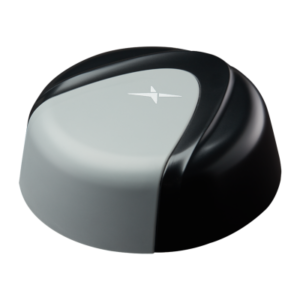 The Synergy line of combination antennas combine cellular, GPS, and Wi-Fi antennas and come in several configurations depending on your needs. Additionally the line support global LTE bands and sub-6GHz 5G bands, including Band 71 & n71.
The Synergy line of combination antennas combine cellular, GPS, and Wi-Fi antennas and come in several configurations depending on your needs. Additionally the line support global LTE bands and sub-6GHz 5G bands, including Band 71 & n71.
The Synergy line comes in the following configurations:
- MA1504: 4x Cellular (MIMO)
- MA1506.AK.001: 2x Cellular (MIMO), 3x WiFi (MIMO), and 1x GNSS/GPS
- MA1509.AK.001: 4x Cellular (MIMO), 1x High-band Cellular (1.7-6GHz), 3x WiFi (MIMO), and 1x GNSS/GPS
- MA1511: 4x Cellular (MIMO), 1x High-band Cellular (1.7-6GHz), 6x WiFi (MIMO), and 1x GNSS/GPS
Some variants of these antennas are available for specific applications - for example, there are models designed specifically for Ford Interceptor police vehicles.
Carefully consider the models before purchasing to know exactly what you are getting.
Additionally, customized options, such as cabling and connectors, may be available for this line of antennas depending on the vendor.
Specifications
- Models: Synergy (MA1504, MA1506, MA1509, MA1511)
- Form Factor: Dome
- Direction: Omnidirectional
- # of Antenna Elements: Up to 5x Cellular and 6x Wi-Fi plus GPS/GNSS
- Frequency Range: 600MHz - 6GHz
- Impedance: 50ohm
- Cable Type & Length: RG-174, 9.8'
- Connector:
- Cellular: SMA-Male
- WiFi: RP-SMA-Male
- GPS: SMA-Male
- Dimensions (H x L x W): 2.2 x 6.2 (diameter) inches
- Weight: 2.7Kg (6 pounds)
- Mounting Options: Roof
- Outdoor Rated: Yes
- Frequency Range/Gain: Varies by frequency - see spec sheets
- Special Features/Notes: Does not contain internal ground plane
- Retail Price: $300 - $550
News, Videos, & Status
- We are not currently testing the Taoglas Synergy series.
Alternatives to Consider
For other popular cellular antennas on the market we are tracking - here are our featured options:
This Review Contains Additional Member Exclusive Content!
We are Honored to be Member Funded! No ads, no sponsors, no selling (but may contain affiliate links)
Our members fund our in-depth independent reviews.
This entry may contain additional member exclusive content such as testing notes, field testing data, user interface tours, comparisons to alternatives, analysis, tips, videos and discounts.
Members also get interactive guidance, alerts, classroom and more.
Other Ways to Support Our Work At MIRC
Member Exclusive Content Below
- Thoughts & Analysis - Favorite Features & Potential Downsides
Purchasing Options
Purchasing Links & Disclaimer
We don't sell stuff, we are primarily member funded. Some links below may be affiliate links (see our disclaimer), which also helps fund MIRC.
The vendors displayed below provide larger discounts to our MIAs that we have negotiated instead of displaying affiliate links while they are logged in.
MIA Discounts - Learn & Save!
Our Mobile Internet Aficionados (MIA) get special discounts from the below vendors. Members please check for discount codes before ordering. With savings up to 11% off, you could save more than your membership cost!
This series of antennas are available in several configurations and custom ordering may be possible - ask your vendor.
Shop carefully and know exactly what you are looking for - the model numbers can be confusing and seem similar.
Cellular antennas can be a vital part of your signal enhancing strategy to get a better signal, and thus better cellular data performance. They come in many shapes, sizes and varieties.
They can be used directly connected to your mobile hotspots or cellular embedded routers, or they might connect to your cellular booster. They come in omni-directional vs directional, single vs MIMO, and might support different frequency bands. They come in combination antennas with Wi-Fi and GPS.
But most importantly, is your installation options on your RV or boat.
So before choosing an antenna, be sure to understand all of these variables - and keep in mind that there likely isn't a single 'one size fits all' solution here. You may need to make compromises, or even have speciality antennas for challenging signal areas.
We recommend starting with our Guide to Selecting Antennas, and then moving on to our other guides addressing related topics:
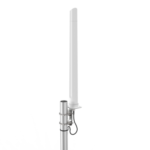



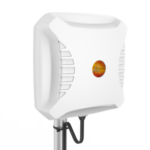
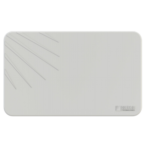
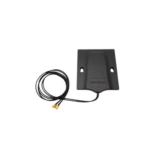
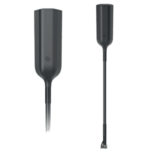

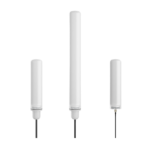

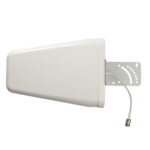











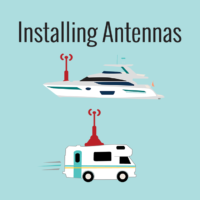
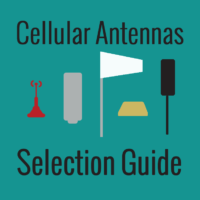
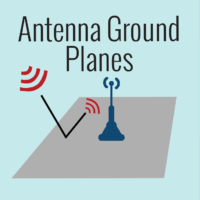

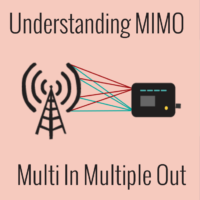
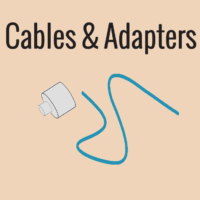






 Mobile Internet Resource Center (dba Two Steps Beyond LLC) is founded by Chris & Cherie of
Mobile Internet Resource Center (dba Two Steps Beyond LLC) is founded by Chris & Cherie of